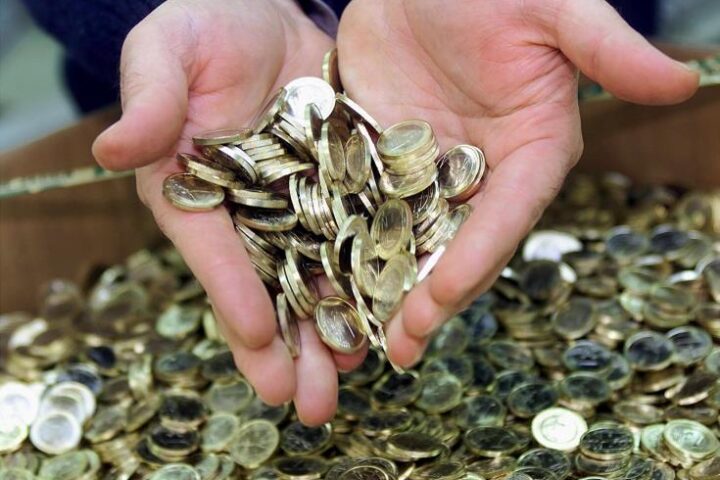Some 2.7% of the population (24,000 people) live in severe material and social deprivation conditions, but the figure continues to be below the EU27 average.
There was a slight increase from 2021 (2.6%) in the Household Income and Living Conditions Survey of 2022.
According to the Cyprus Statistical Service (CyStat), this indicator shows the percentage of the population deprived, due to financial difficulties, of at least seven items from a list of 13 goods, services and social activities.
The survey, with an income reference for 2020, covered a sample of 4,128 households in all districts.
An index of the population with severe material and social deprivation in Cyprus from 2015 to 2022, compared to EU states, remains consistently below the EU27 average and is on a downward trend.
Data by age group for 2015-2022 show that in Cyprus, children under 18 record the highest rates over time; specifically, for 2022, it was 4.4%.
It is followed by persons aged 18-64 at 2.7% and those 65 and over at 0.9%.
Since 2015, the greatest improvement has been observed in children, with a gradual decrease of 6.0 percentage points (from 10.4% in 2015 to 4.4% in 2022) and for those aged 18-64, with a decrease of 5.5 percentage points (from 8.2% to 2.7%).
The material and social deprivation component for 2021 and 2022 in Cyprus and the EU27 average is mainly noted in the inability to afford unexpected but necessary financial expenses with 39.7% (EU27: 31.5%).
This also includes being unable to afford a one-week holiday with 37.2% (EU27: 28.6%) or replacing worn-out furniture with 31.5% (EU27: 22.0%).
People below the at-risk-of-poverty threshold are worse off than those above the at-risk-of-poverty threshold.
The survey results indicate the inability of those at risk of poverty to afford unexpected but necessary financial expenses is 76.8% (non-at risk of poverty with 33.7%).
Being unable to pay for a one-week holiday is 73.4% (the non-at risk of poverty 31.4%), replacing worn-out furniture is 58.8% (non-at risk of poverty 27.1%), and can’t keep home adequately warm at 50.6% (non-at risk of poverty 14.1%).










